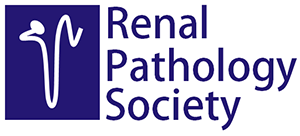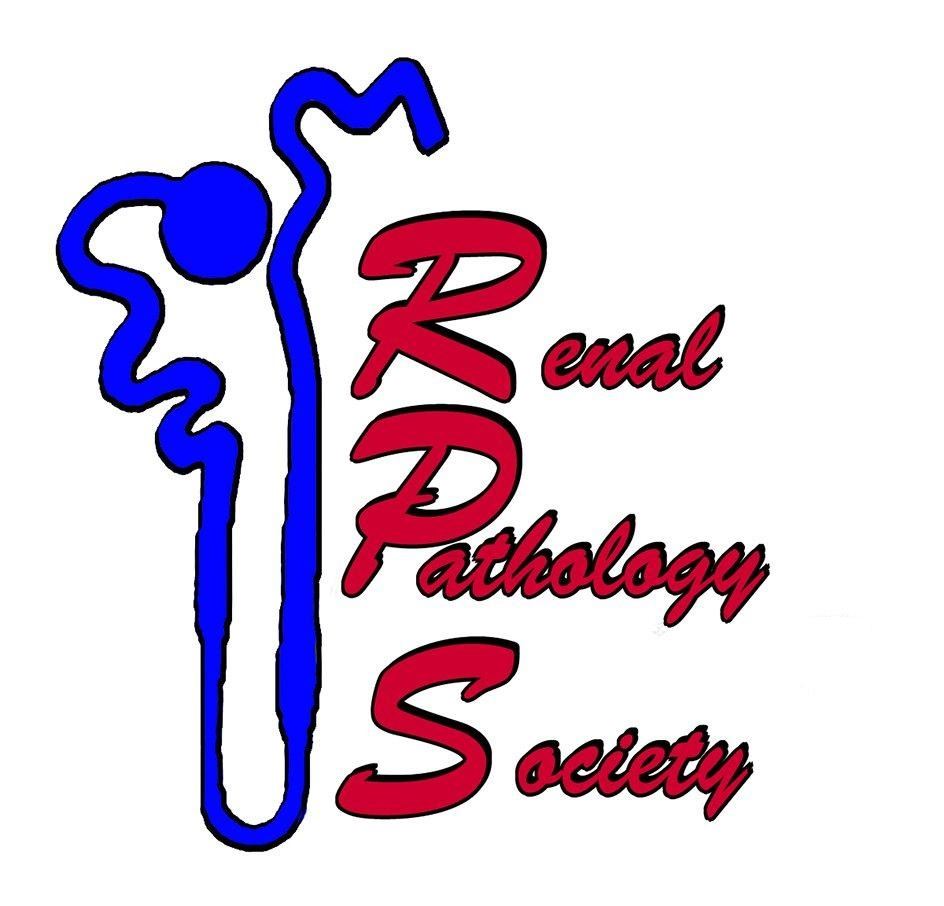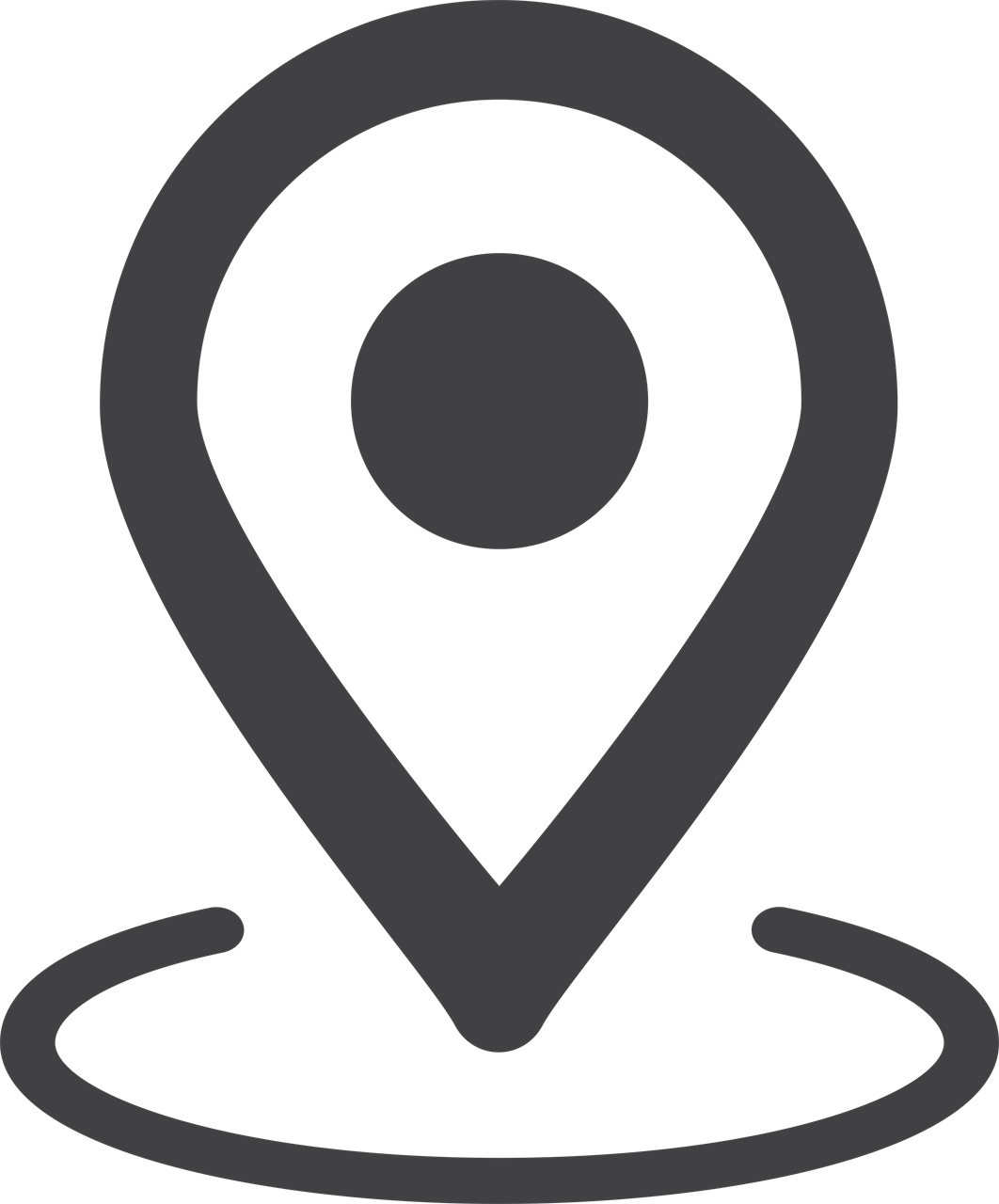History of Nephropathology Associates
Arkana Laboratories
The idea for what was to become Nephropathology Associates began in the late 1990s when I was fortunate enough to be associated with Dr. Stephen Bonsib, Dr. Laura Lamps, and Dr. Bruce Smoller at the University of Arkansas for Medical Sciences. We had become the Three Musketeers with d'Artagnan, all of us subspecialists in our own way. Dr. Smoller was an expert in dermatopathology, Dr. Lamps in GI pathology, and Dr. Bonsib was not only an expert in renal pathology, but also a world leader in genitourinary pathology. We discussed the possibility of developing a semi-autonomous, specialty diagnostic pathology service attached to UAMS. As it turned out, however, the University was not interested. Dr. Bonsib subsequently left to become Chairman of Pathology at the Medical College of Georgia and it remained to me to carry on all of my other duties as well as reading 1,200 renal biopsies a year. By that time I had developed same-day light and immunofluorescence microscopy services, and since I directed the EM laboratory, I could guarantee two-day delivery on EM services. Eventually the load became too much to carry and I asked the department to recruit another renal pathologist. This, too, was not to be and I was told to eliminate my consult service, focus only on in-house renal biopsies, and get either a second NIH grant or a second VA merit review grant. This was in October 2000. That conversation led me to develop Nephropathology Associates, which opened six months later on March 1, 2001. With a huge personal loan, I was able to acquire 3,000 square feet, an electron microscope, two ultra-microtomes as well as a full light, and immunofluorescence pathology laboratory set-up. I also purchased an Olympus BX51 microscope with a fluorescence attachment and a high-end digital camera. The electron microscope was fitted with a digital camera, allowing us to be one of the earliest renal pathology laboratories to go all digital. I was the only renal pathologist, and I brought along three histotechnologists, an administrative assistant, and one billing officer. The business aspects were completely unknown to me, particularly with regulatory and insurance payment requirements. With all of the many hurdles, we didn't receive our first payment for six months. After that, however, our billing efficiency increased and we steadily received a stable cash flow. The next major step was the development of same-day electron microscopy. I was part of a team that did this one time during my fellowship in 1977 at the University of Minnesota under the guidance of Dr. Richard Sibley. Using papers published in the early 1970s, we set up a microwave process for same day EM. We only used it once. The biopsy was performed at 8:00 in the morning. Light and immunofluorescence microscopy was available by 4:00 p.m. that afternoon, and I was taking the electron photomicrographs around 6:00 p.m. These were developed and ready for interpretation around 10:00 p.m., and the final report was issued at 11:00 p.m. With that paper in hand, and one or two others that I located, we began to develop a microwave assisted method to produce plastic blocks in about six hours. With digital technology, the extensive length of time required to develop the negatives and make prints was eliminated. To do this the same day, we had to receive our biopsies by 8 o'clock in the morning. I changed our FedEx service to the first overnight delivery and because Little Rock is so close to Memphis, we actually receive our biopsies around 7:00 a.m. Since that time we have been able to do light, immunofluorescence, and electron microscopy on the day we receive the biopsy. Many years later, an automated microwave processor became available making it even faster to develop the plastic blocks and our EM photomicrographs now begin arriving around 1:00 p.m. We read biopsies seven days a week during that first year because FedEx delivered seven days a week. Saturdays and Sundays were reserved for emergency biopsies, mostly consisting of rapidly progressive renal failure and transplant patients. Six months after we started, 9/11 occurred and as a result, FedEx eliminated Sunday delivery. We continue emergency Saturday service doing light, immunofluorescence and special stains sometimes doing as many as 20 cases. Sunday reads are also available, though due to the difficulty in shipping, this is only a rare occurrence. Growth was rapid and came almost entirely from word of mouth in our first year. The need for more renal pathologists quickly became apparent and I was fortunate to have Dr. Jane Bell, who had been a resident while I was at UAMS, come out of private practice to train in renal pathology. That was my first experience with a renal pathology fellowship and it was very successful. Subsequently, Dr. Ramesh Nair joined after finishing his fellowship at Johns Hopkins. We quickly outgrew the 3,000 square feet and moved into another building with approximately 12,000 square feet and thought we were set for the next ten years. Growth marched along - more equipment, more technicians, more renal pathologists - and we continued to expand, eventually taking over the entire first floor of the building. By the end of 2019 we were spread across three floors. In 2005 we developed a formal renal pathology fellowship. Dr. Chris Larsen became a renal pathology fellow in 2008, and subsequently joined as a staff renal pathologist the following year. After a season of heavy focus on recruiting, we were excited to have a steady stream of brilliant physicians enter as staff, and fellows who became staff. In 2011 we were most fortunate to have Dr. Fred Silva choose to join us as he stepped down from his leadership role at the USCAP. Within the next few years we were able to welcome Drs. Steve Bonsib, Randy Hennigar and Helen Liapis to round out a solid set of senior pathologists, which gave us a wide range expertise at all career levels. After our first year, I realized that word of mouth and single page, trifold brochures were not going to be enough to let people know why they should send diagnostic renal biopsies to Arkansas. I was most fortunate to have Denise Norwood, a trained marketing specialist, join us to take over that aspect. She understood all of the business concepts, and quickly developed our branding and marketing plan. She single-handedly turned our efforts in getting the message out on its head, and at one point was so successful that we had to stop taking on new clients because we couldn't keep up with the renal biopsy load. We then switched our focus to finding renal pathology fellowship candidates and she again proved highly successful, building a recruiting program that allowed us to train our own and subsequently re- open our marketing outreach. My initial and quiet, closely held goal was to develop a renal pathology institute. Considering that it seemed unlikely I would even succeed with a private renal pathology laboratory that seemed a bit too lofty to express to anyone outside of my closest circle. However, I worked toward that and kept it in mind with each hire. As time passed, we developed not only clinical research, but a basic and translational research wing as well. We also began a neuropathology service in 2013. This came after recognizing that neuropathologists doing nerve and muscle pathology require an electron microscope and highly qualified, subspecialized laboratory technologists, much like renal pathology. As the practice grew and added these many new areas, Denise Norwood recognized that we had outgrown our Nephropath name, and assembled a talented team to oversee the major re-brand effort that led us to become Arkana Laboratories. At age 70, I sold the practice internally to Drs. Chris Larsen, Shree Sharma, and Nich Cossey. This was to avoid what certainly would have occurred had I taken any of the offers from large nationwide and regional pathology services, which would have been highly destructive to the quality and atmosphere at Arkana Laboratories. I am very fortunate to continue working full time and plan to continue to contribute to Arkana’s mission of excellent service in teaching, research, and clinical practice as long as I am able. |




